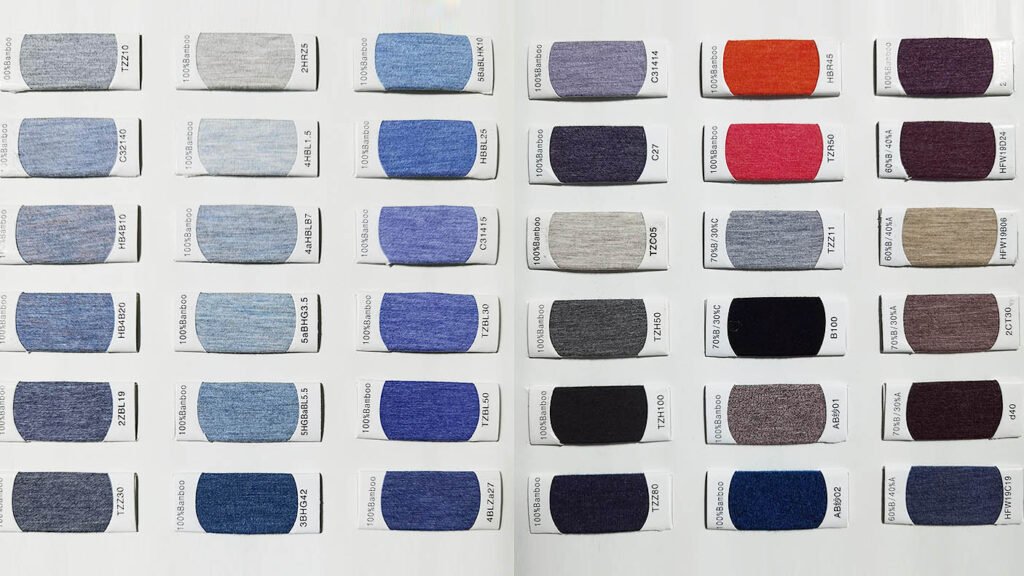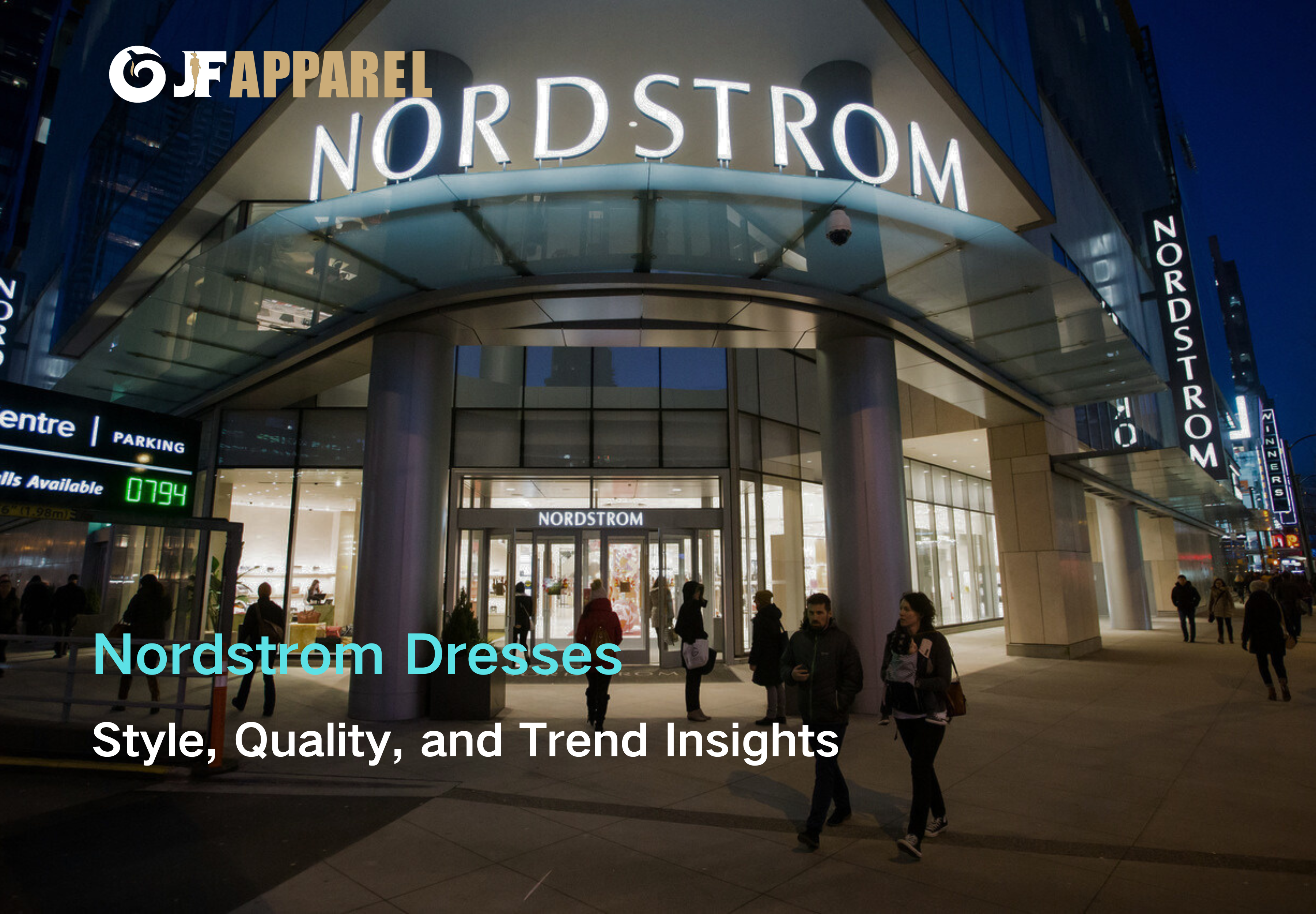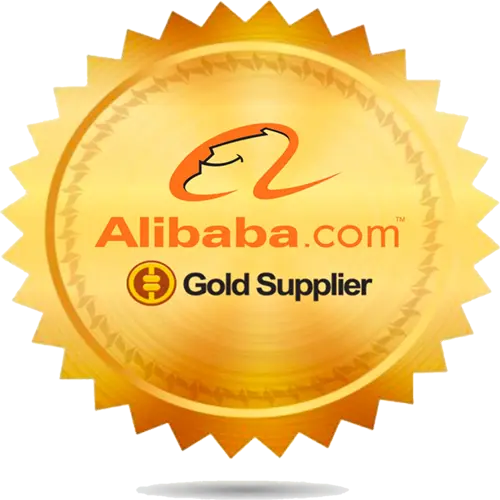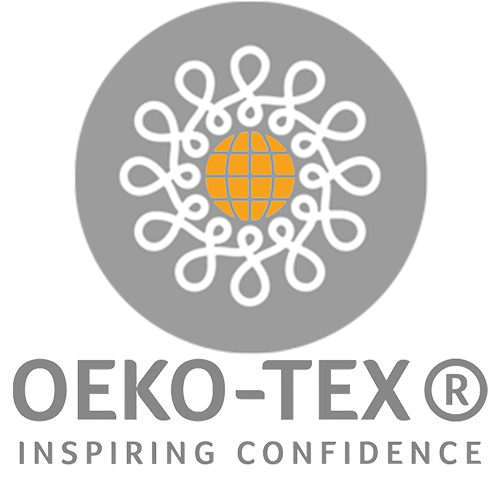Bamboo Fiber Fabrics
Bamboo fiber fabric is a sustainable, high-performance textile known for its exceptional softness, breathability, and natural antibacterial properties. It effectively regulates body temperature, making it suitable for various climates, from warm to cool. As an eco-friendly material, bamboo fiber is particularly suitable for sensitive skin and is widely used in casual wear, high-end sportswear, lingerie, and home textiles.
Key Features
- Sustainability
- Ultimate Softness
- Natural Antibacterial Properties
- Superior Breathability
- Thermoregulation
- Hypoallergenic
- Durability
- Versatility
Detailed Description
Bamboo fiber fabric is extracted from bamboo grass and is celebrated for its minimal environmental impact. The fabric is incredibly soft, often compared to silk, and feels exceptionally comfortable against the skin, making it perfect for lingerie or activewear. Its outstanding moisture-wicking and breathability make it ideal for sportswear and garments suited for warm climates. Bamboo fiber also boasts superior thermoregulation, adjusting to various temperatures, ensuring comfort in both cool and warm environments.

Additionally, bamboo fiber’s natural antibacterial and hypoallergenic properties make it perfect for sensitive skin, effectively combating odors and reducing the risk of allergic reactions. Despite its softness, bamboo fiber fabric is highly durable, retaining its shape and quality even after numerous washes. These characteristics make bamboo fiber fabric a practical choice for a variety of textile applications, from everyday casual wear to high-end fashion, combining sustainability, performance, and comfort.
Special Processing Techniques
The production of bamboo fiber involves three primary methods, each with unique advantages and processing characteristics:
Viscose Method:
- Characteristics: Chemically processed bamboo pulp using substances like carbon disulfide to alter its properties.
- Advantages: Produces bamboo viscose that is soft and suitable for garments and bedding.
- Environmental Impact: The use of chemicals raises concerns about sustainability.
Closed-Loop Chemical Process:
- Characteristics: Employs a closed-loop system to recycle water and solvents during production, minimizing resource use.
- Advantages: Yields lyocell bamboo fiber that is smooth, lightweight, and wrinkle-resistant, perfect for high-end apparel and lingerie.
- Environmental Impact: More eco-friendly with high resource efficiency.
Mechanical Process:
- Characteristics: Purely mechanical processing of bamboo pulp without chemical additives.
- Advantages: Produces natural bamboo fabric with a coarser texture but is highly eco-friendly.
- Environmental Impact: The most environmentally friendly method, avoiding the use of harsh chemicals.
Available colors

Related Information
| Product Name | Bamboo Pure Comfort Fabric | |||
| Fabric number | BA55853 | |||
| Material | 100% Bamboo Fiber | |||
| Pattern | Solid/Natural Color | |||
| Features | Hypoallergenic, Antibacterial, Moisture-Wicking | |||
| Applications | Apparel, Bedding, Towels | |||
| Thickness | Lightweight to Medium | |||
| Width | Typically 58/60 inches | |||
| Technology | Closed-Loop Process | |||
| Suitable For | Women, Men, Girls, Boys, Babies |
Types of bamboo fiber fabrics

- Bamboo cotton spandex double-sided knitted fabric
- Rayon Bamboo Spandex Knitted Fabric
- Bamboo fiber viscose fabric
- Bamboo cotton spandex knitted fabric

- 95% bamboo fiber, 5% spandex terry knit fabric
- Organic bamboo terry knit fabric
- 100% bamboo knitted fabric
- Heavy bamboo polyester hydrogen fiber dyed fleece fabric

- organic bamboo fiber
- 66% bamboo fiber, 28% nylon, 6% elastic spandex fabric
Available clothing types

Differences from Conventional Fabrics
Environmental Impact:
- Bamboo Fiber: Sourced from rapidly growing bamboo grass, highly sustainable, and requires no pesticides or fertilizers.
- Conventional Fabrics: For example, cotton requires substantial water and pesticides, impacting the environment significantly.
Comfort:
- Bamboo Fiber: High softness, often compared to silk, ideal for direct skin contact.
- Conventional Fabrics: Such as cotton and polyester, are generally less soft, providing less comfort.
Antibacterial Properties:
- Bamboo Fiber: Naturally antibacterial, inhibiting bacterial growth and reducing odors.
- Conventional Fabrics: Lacks natural antibacterial properties, often requires chemical treatment for such benefits.
Breathability:
- Bamboo Fiber: Excellent breathability and moisture-wicking, ideal for activewear and intimate apparel.
- Conventional Fabrics: Generally have poorer breathability and moisture-wicking capabilities.
Thermoregulation:
- Bamboo Fiber: Effective thermoregulation, suitable for various climates.
- Conventional Fabrics: Cotton and polyester have less effective thermoregulation.
Hypoallergenic:
- Bamboo Fiber: Naturally hypoallergenic, suitable for sensitive skin.
- Conventional Fabrics: May cause allergic reactions, requiring additional treatments.
Applications and Benefits
Versatile Applications of Bamboo Fiber Fabric
Apparel:
- Lingerie and Activewear: Bamboo fiber’s softness and moisture-wicking properties make it ideal for lingerie and activewear, keeping wearers dry and comfortable.
- Casual Wear: Its breathability and comfort make bamboo fiber perfect for everyday wear.
- High-End Fashion: The fabric’s softness and sheen make it suitable for high-end fashion, offering a luxurious wearing experience.
Home Textiles:
- Bedding: Bamboo fiber fabric is ideal for sheets, duvets, and pillowcases, providing a comfortable and breathable sleep experience.
- Towels and Robes: Its absorbency and antibacterial properties make it excellent for towels and robes, ensuring freshness and hygiene.
Specialty Uses:
- Medical and Hygiene Products: Bamboo fiber’s antibacterial properties make it ideal for masks, sanitary napkins, and bandages, offering safe and hygienic protection.
Frequently Asked Questions (FAQs)
How does the weave density of bamboo fiber ensure skin comfort and garment durability?
- The weave density of bamboo fiber fabric is precisely engineered to balance comfort and durability. A tight weave ensures fabric integrity and strength while maintaining excellent breathability, keeping the skin dry.
Why is 100% pure bamboo raw material superior to other textile materials?
- Pure bamboo raw material, unprocessed or mixed with other fibers, ensures purity and optimal performance. Bamboo fiber is renowned for its softness and strength and is highly sustainable, making it an eco-friendly alternative to synthetic fibers.
Why are bamboo fiber’s natural antibacterial properties important?
- Bamboo fiber’s natural antibacterial properties inhibit bacterial growth, reduce odors, and maintain hygiene. This is crucial for keeping items fresh and comfortable, especially intimate apparel and activewear, making it an ideal choice for sensitive skin.
When should I choose bamboo knit fabric over woven bamboo fabric, and vice versa?
- Bamboo knit fabric, with its stretch and soft texture, is ideal for garments requiring flexibility and comfort, such as casual T-shirts and yoga wear. In contrast, woven bamboo fabric is better suited for more structured garments like jackets and dress shirts, providing better shape retention and a smoother finish.
How cost-effective is bamboo fiber over time?
- Although the initial cost of bamboo fabric may be higher than some traditional materials, its durability, UV resistance, and natural properties reduce the need for frequent replacement, offering long-term cost-effectiveness. Its eco-friendly nature also appeals to an increasing number of environmentally conscious consumers, potentially increasing garment value and market demand.
How to view the complete FAQ
Contact Us
- Address: No. 7, Dongfang 2nd Road, Zhenkou, Humen Town, Dongguan, Guangdong, China
- Email: Jerry@jf-apparel.net, jerry@modaknits.com
- Phone: +86 123 4567 890
Bamboo Fiber Fabrics—The Ultimate Fabric Guide You Must Read
Bamboo material is a broad category encompassing various textiles derived from the bamboo plant, which has been utilized for millennia for diverse purposes, ranging from construction to cuisine.
Historically, in the 19th century, bamboo was employed by the Chinese and Japanese to craft footwear and headgear. It was not until more recent times that bamboo began to be explored as a potential textile material.
Efforts to transform bamboo fibers into fabric stretch back to the 1800s, with Philipp Lichtenstadt securing the first patent for bamboo fabric in 1864. However, it was only in the early 21st century, specifically in 2001, that researchers at Beijing University achieved a significant breakthrough in converting bamboo into a usable fabric form.
Since this pivotal development, bamboo has increasingly been adopted in the textile industry for garment production.
Production Steps for Bamboo Textiles
The method for crafting bamboo textiles varies according to the desired final product. Here’s a concise guide to the bamboo textile creation process.
Harvesting Begin by collecting the bamboo leaves and the softer segments of the stalk. Cut the bamboo at a 45-degree angle, then crush and heat it to extract the bamboo pulp.
Processing The bamboo pulp can be transformed into fibers through one of three methods:
- The Viscose Method: This involves treating the pulp with various chemicals.
- The Closed-Loop Chemical Method: Used to produce lyocell fibers while recycling solvents.
- The Mechanical Method: Involves soaking the pulp in natural enzymes to break it down.
Ensure the fibers are thoroughly dried to expedite their separation.
Spinning and Weaving After preparing the bamboo fibers, spin them into yarn using spinning machines. Then, either knit or weave the yarns to create the finished bamboo textile.

Benefits of Bamboo Textiles Bamboo textiles offer several advantages, making them a preferred material in various applications. They are soft, robust, and breathable, distinguishing themselves as an eco-friendly choice.
Softness and Cooling Properties: Bamboo textiles are renowned for being softer than cotton and have natural cooling properties, enhancing comfort.
Breathability and Moisture-Wicking: Due to their unique cross-sectional properties, bamboo fabrics feature micro-gaps that enhance breathability and effective moisture absorption.
Antibacterial and Hypoallergenic: Naturally antibacterial, bamboo textiles are ideal for sensitive skin, preventing irritation and allergic reactions.
Sustainability and Environmental Impact: Bamboo is a sustainable and biodegradable resource. However, the environmental impact varies; textiles produced without harsh chemicals are more sustainable compared to those requiring chemical processes.
Cost of Bamboo Fabric
Bamboo fabric typically carries a higher price tag than materials like cotton or polyester. This increased cost is primarily due to the more extensive and labor-intensive process required to manufacture bamboo textiles.
Conclusion

Introduced as a modern innovation in textile technology, bamboo fabric has gained attention for its emphasis on comfort and ecological responsibility.
What sets bamboo fabric apart is its inherent attributes derived from the bamboo plant itself, such as its hypoallergenic and antibacterial properties.
Originally conceived as an environmentally friendly alternative, bamboo fabric has seen the development of various production methods, including some less eco-friendly ones aimed at reducing costs.










